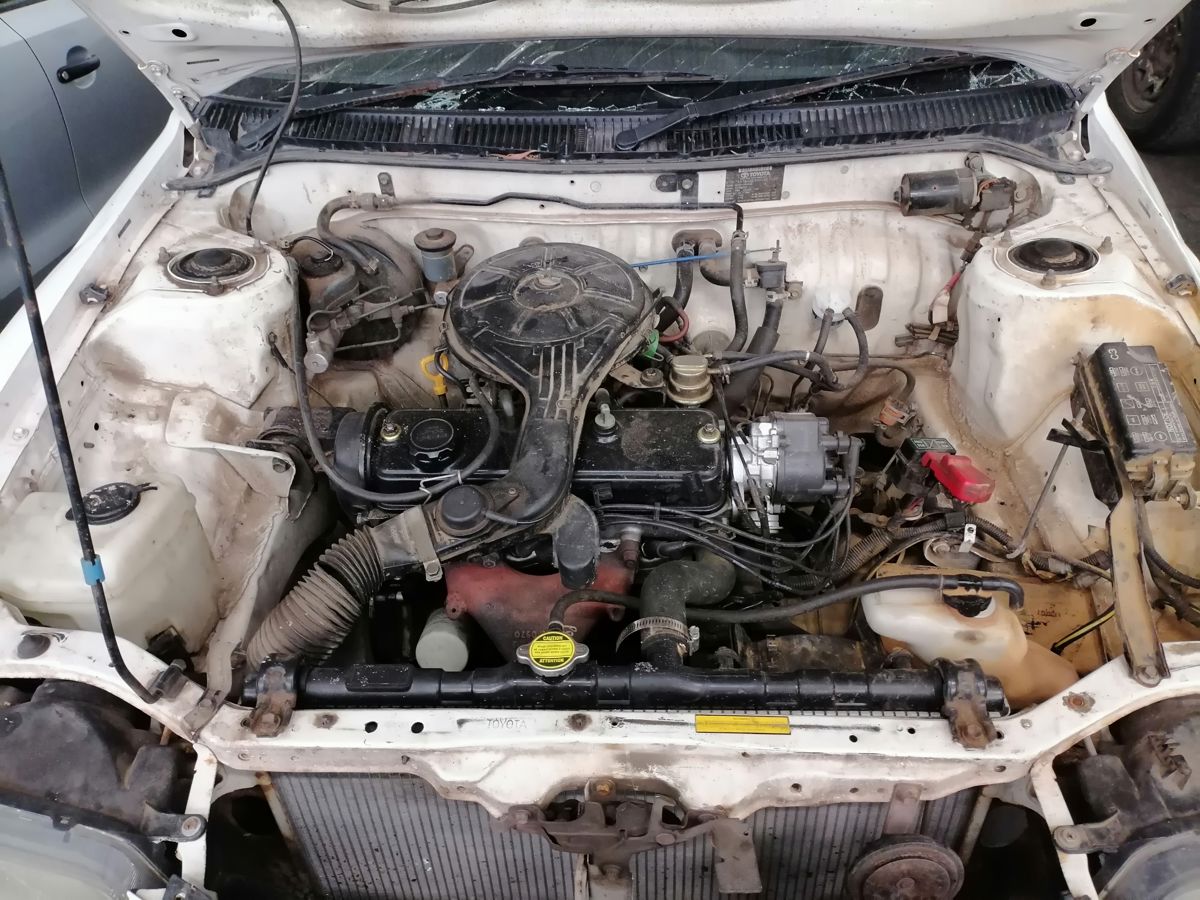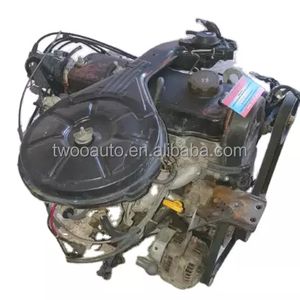Explore the Most Current Fads in Engine Innovation Through Tazz
In the quickly evolving landscape of auto innovation, Tazz stands at the center, highlighting significant improvements in engine systems that focus on both technology and sustainability. From crossbreed engines that enhance gas efficiency to the introduction of hydrogen gas cells, the fads shaping modern powertrains are not only improving efficiency but also attending to important ecological obstacles.
Hybrid Engine Innovations
Hybrid engine innovations represent a crucial shift in automobile innovation, incorporating the advantages of inner combustion engines with electrical propulsion systems. This assimilation not just enhances fuel performance yet also decreases emissions, conference progressively rigid ecological regulations. By using both energy sources, hybrid engines can enhance efficiency, supplying power when needed while saving fuel during much less demanding driving conditions.
Current innovations in crossbreed innovation consist of improvements in battery efficiency and regenerative stopping systems. These developments enable greater power recuperation during deceleration, which can be rerouted to aid in acceleration or power accessory systems. Makers are focusing on lightweight materials and small layouts to make the most of the performance of hybrid powertrains.
The growth of plug-in hybrids has also broadened the market, making it possible for drivers to charge their vehicles utilizing common electric outlets. This function frequently enables for considerable all-electric array, more reducing dependancy on traditional gas. tazz. As the automotive industry remains to develop, hybrid engine modern technologies are anticipated to play an essential duty in linking the space between traditional lorries and completely electric designs, supplying a transitional solution that satisfies diverse consumer requirements and preferences
Developments in Electric Powertrains
The automotive landscape is swiftly developing, with electrical powertrains emerging as a leading pressure in lasting transportation. Advances in electric car (EV) technology are significantly enhancing efficiency, effectiveness, and individual experience. Key innovations include enhancements in battery chemistry, which have raised power thickness, lowered charging times, and prolonged total battery life.
Solid-state batteries, as an example, assure to reinvent the market by offering better security and performance contrasted to traditional lithium-ion cells. Developments in regenerative braking systems are making it possible for vehicles to recoup energy throughout deceleration, contributing to overall efficiency.
In addition to battery innovation, electric motor layouts are becoming more advanced. Innovations such as integrated electric motors and progressed thermal administration systems are aiding to maximize power shipment and reduce weight, eventually boosting automobile dynamics.

Collectively, these advancements highlight the dedication to transition in the direction of cleaner, extra efficient transportation solutions, positioning electric powertrains at the forefront of automotive development.
The Rise of Hydrogen Gas Cells
Progressively, hydrogen fuel cells are gaining grip as a practical option to traditional inner combustion engines and battery electric lorries. This technology takes advantage of the chemical power stored in hydrogen, converting it right into electricity with an electrochemical reaction with oxygen. The primary byproduct of this procedure is water, making hydrogen gas cells an environmentally pleasant alternative with zero emissions at the tailpipe.

Car manufacturers are increasingly buying hydrogen fuel cell innovation, recognizing its potential for long-range applications and fast refueling capacities that measure up to traditional gas. In addition, industries such as durable transport and public transportation are specifically fit for hydrogen fuel cells, where battery electric options might fall short as a result of weight and variety limitations.
As study and financial investment remain to expand, hydrogen fuel cells are positioned to play a significant duty in the future landscape of tidy transport and power options.
Enhancements in Internal Burning Engines
Innovations in inner burning engine (ICE) official source modern technology are changing standard cars to satisfy modern-day environmental criteria and efficiency assumptions. Direct gas shot, for circumstances, allows for better atomization of fuel, leading to more total burning and improved power output.
Additionally, turbocharging has gotten prominence, allowing smaller engines to deliver greater performance without the weight of larger engines - tazz. This technology not only improves performance yet also adds to reduce gas intake. Variable shutoff timing systems are likewise being fine-tuned, allowing engines to adapt to different driving problems for enhanced torque and responsiveness
In addition, the use of lightweight materials in engine building and construction is ending up being common, more improving fuel performance by minimizing total automobile weight. Engine control devices (ECUs) are progressively innovative, allowing real-time modifications that maximize efficiency and emissions.
These enhancements jointly symbolize an essential shift in ICE innovation, lining up with worldwide sustainability goals while still offering the performance drivers anticipate from their cars. As the industry advances, these improvements continue to shape the future of traditional automobile engineering.
Future Trends in Engine Effectiveness
Significant innovations in engine efficiency are prepared for as makers concentrate on incorporating advanced modern technologies to meet rigid ecological policies and consumer demands. The change in the direction of electrification, hybrid systems, and alternate fuels is reshaping the vehicle landscape, driving advancements that enhance fuel economic climate and minimize exhausts.
One of the crucial trends is the execution of sophisticated products and manufacturing methods. Lightweight compounds and high-strength alloys contribute to decreased car weight, hence enhancing general effectiveness. In addition, the adoption of turbocharging and variable shutoff timing technologies permits boosted power result from smaller engines, better enhancing fuel economic climate.

Verdict
To conclude, the expedition of engine technology exposes substantial developments that focus on sustainability and performance. Technologies in hybrid engine systems, electric powertrains, and hydrogen fuel cells show a dedication to lowering exhausts while enhancing performance. Enhancements in inner combustion engines and an emphasis on light-weight materials contribute to total engine effectiveness. As the auto sector proceeds to evolve, these trends will play a vital function fit a cleaner and more lasting future for transportation.
From hybrid engines that enhance gas effectiveness to the development of hydrogen gas cells, the fads shaping modern-day powertrains are not only improving efficiency but additionally resolving crucial ecological challenges.Crossbreed engine advancements stand for a pivotal change in automotive modern technology, incorporating the benefits of internal burning engines with electrical propulsion systems.Furthermore, turbocharging has actually gotten prominence, permitting smaller engines to supply greater efficiency without the weight of larger engines. Additionally, the adoption of turbocharging and variable shutoff timing technologies allows for boosted power result from smaller sized engines, additionally boosting gas economic climate.
Improvements in internal combustion engines and a focus on lightweight products add to total engine efficiency.
Comments on “Toyota Tazz: The Compact Car That Delivers on Reliability and Fuel Efficiency”